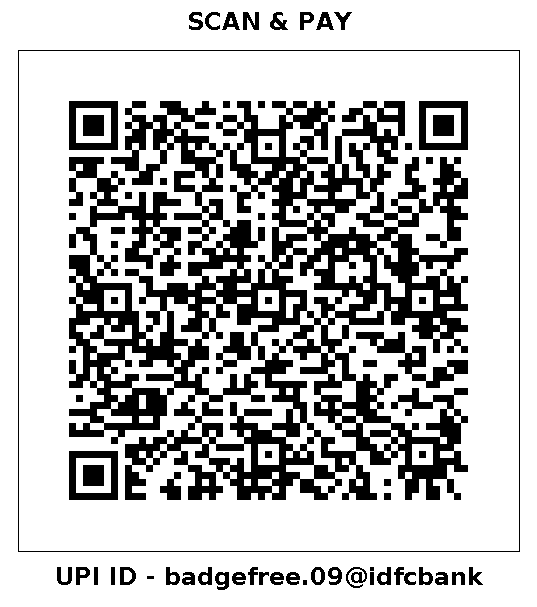In today’s globalized and interconnected business landscape, the pursuit of diversity and inclusion (D&I) in recruitment is no longer just a feel-good endeavour—it’s a strategic imperative. Forward-thinking companies understand that a diverse and inclusive workforce not only reflects the world we live in but also drives innovation, fosters creativity, and enhances organizational performance. In this article, we will explore the strategies for successfully incorporating diversity and inclusion into the recruitment process.
Why Businesses Need to Care About Diversity and Inclusion
Innovation and Creativity: Diverse teams bring together a wide range of perspectives, experiences, and ideas. This diversity fuels innovation and leads to the creation of more creative and effective solutions to complex problems.
Enhanced Reputation: Organizations that prioritize diversity and inclusion are viewed more favourably by customers, employees, and investors. A diverse and inclusive workplace is often seen as a marker of ethical and responsible business practices.
Market Reach: A diverse workforce can better understand and connect with a diverse customer base. This can lead to increased market reach and a stronger competitive advantage.
Talent Attraction and Retention: Inclusive workplaces attract top talent. When individuals see a company that values diversity and provides an inclusive environment, they are more likely to want to work there and stay with the organization.
Compliance and Legal Considerations: Many regions have laws and regulations that require diversity and inclusion efforts. Ensuring compliance is not only legally necessary but also essential for avoiding reputational damage.
Drafting Inclusive Job Descriptions and Requirements
To start building a diverse and inclusive workforce, it’s crucial to begin with job descriptions and requirements. These documents often contain subtle biases that can deter underrepresented candidates. Here are some strategies to make them more inclusive:
- Language and Wording: Use gender-neutral language and avoid gender-specific pronouns. Focus on the qualifications and skills required for the job, rather than extraneous factors.
- Skill Versus Experience: Emphasize the skills and competencies necessary for the role over the years of experience. This allows candidates with non-traditional backgrounds to apply, potentially bringing in fresh perspectives.
Expanding Sourcing Channels
Diverse talent may not always be found in the usual places. Expanding your sourcing channels can help cast a wider net. Consider these approaches:
- Job Boards: Utilize job boards that specifically target underrepresented groups, such as women, minorities, or individuals with disabilities.
- Educational Institutions: Forge partnerships with colleges and universities with diverse student populations. Attend career fairs and engage with student organizations.
- Professional Associations: Many industries have professional associations focused on diversity. Engage with these organizations to tap into their networks.
Outreach to Underrepresented Groups Leveraging Employee Referral Programs
Employee referral programs can be a powerful tool for diversifying your workforce. Encourage employees to refer candidates from underrepresented backgrounds. Ensure that employees are aware of the company’s commitment to diversity and inclusion and the benefits of a diverse workforce.
Structured Interviews and Evaluations
Unconscious bias can seep into the interview and evaluation process, affecting candidate selection. To mitigate this, consider the following strategies:
- Training: Train interviewers and evaluators on unconscious bias recognition and mitigation techniques. This helps ensure fair and objective evaluations.
- Structured Interviews: Develop a structured interview process with standardized questions for all candidates. This reduces the potential for bias in the interview.
- Diverse Interview Panels: Include individuals from diverse backgrounds on interview panels. This can provide different perspectives and help mitigate bias.
Objective Assessment Criteria
Objective assessment criteria are essential for a more inclusive selection process. Develop clear and measurable criteria for evaluating candidates that focus on skills, competencies, and cultural fit. Avoid vague or subjective criteria that can lead to bias.
Monitoring and Accountability
To ensure that diversity and inclusion efforts are effective, it’s vital to monitor progress and hold individuals and teams accountable. Consider the following:
- Regular Reporting: Establish regular reporting mechanisms to track diversity metrics in your organization. This can include demographic data on applicants, hires, promotions, and turnover.
- Accountability Measures: Hold leaders and managers accountable for their role in promoting diversity and inclusion. Tie performance evaluations and incentives to D&I outcomes.
Conclusion
In conclusion, diversity and inclusion in recruitment are not merely buzzwords; they are integral to building a successful and sustainable organization. By embracing diversity and inclusion, businesses can harness the power of different perspectives and experiences to drive innovation, enhance their reputation, and connect with a broader audience.
By carefully crafting inclusive job descriptions, expanding sourcing channels, leveraging employee referral programs, implementing structured interviews, using objective assessment criteria, and establishing monitoring and accountability measures, organizations can create a recruitment process that not only attracts diverse talent but also ensures a fair and equitable selection process.
In today’s competitive marketplace, companies that prioritize diversity and inclusion in their recruitment efforts are not just doing the right thing; they are setting themselves up for long-term success and resilience. Diversity isn’t just a checkbox; it’s the key to unlocking the full potential of your workforce and achieving organizational excellence.
Blog Writer:
Kriti Sharma
Young HR Talent Reformer , badgefree





